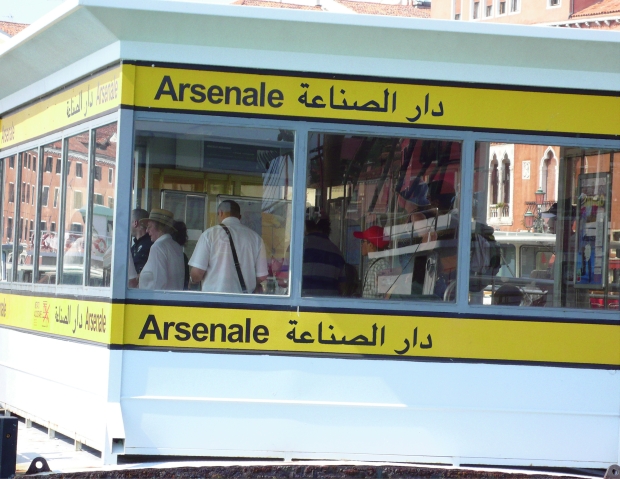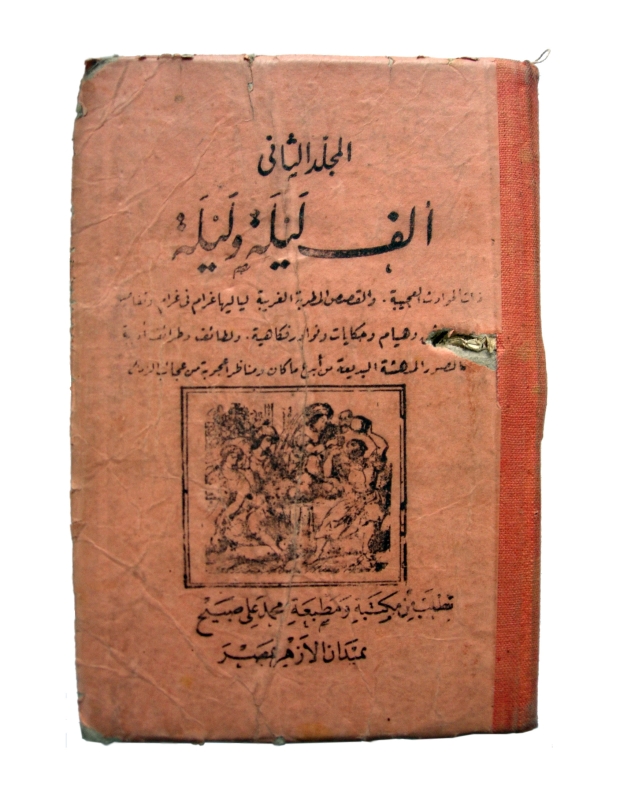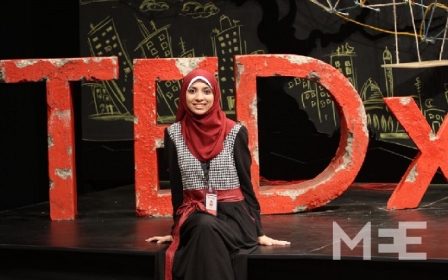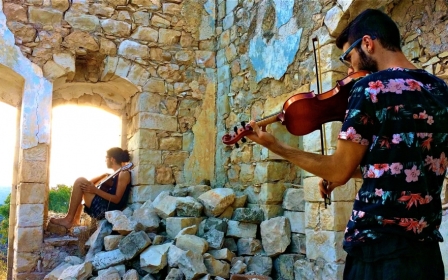REVIEW: Fragments of a lost Palestine restored

Emily Jacir’s creations of Palestinians’ past and present lives, showing as Europa at the Whitechapel gallery in London until 3 January, are vivid, unforgettable vignettes of loss. In photographs, film, audio and installation here are lost libraries, a lost concert, a lost exhibition, lost money, lost images, a lost airport, a lost refugee camp, and a lost life – one of 13 Palestinian assassinations in Europe by the Mossad in 1972-73. She has brought to life a Palestine that won’t leave a viewer’s mind.
Ex libris is a stunning, silent room of photographs of thousands of books belonging to Palestinians and looted in 1948. On a mobile phone Jacir photographed them in many visits to the Jewish National Library in West Jerusalem where this rich and eclectic library sits lost under the label AP – Abandoned Property.
In an empty theatre in Vienna Jacir filmed a concert which was scheduled for Jerusalem, but which had to be cancelled when the Palestinian/Austrian musician Marwan Abado had his visa abruptly cancelled on arrival at the Israeli airport. Entry Denied is a film of the concert-which-never-happened, shown in a dark confusing space among sandbags, illuminated by the energy of the music.
An exhibition-which-never-happened was Jacir’s planned stazione, placing Arabic script names next to the Italian ones on the vaporetto stations along the Grand Canal in Venice. With the plans in place, permission was abruptly withdrawn without explanation and she could make only a map. However, the photographs here show what Venetians missed having to think about.
Change/exchange is a wall of receipts and photographs from foreign exchange bureaux across Paris, showing $100 turn into $2.45 in coins. And two vast walls show from Paris to Riyadh (drawing for my mother), a memory of watching her mother in an aeroplane, armed with black marker painstakingly inking over the women’s faces and limbs in Vogue magazine so the Saudi customs would not confiscate the magazines when the family returned from Europe to their then home in Riyadh.
The lost airport, Lydda, and the lost refugee camp, Tel al Zaatar Project, are among Jacir’s most painfully poignant works. In the film loop of the first, the artist stands on the tarmac expectantly with a bunch of flowers as 1935 British Imperial Airways planes taxi and take off in British mandate Palestine. Amelia Earhart was once due to arrive here and flowers were sent to the airport, but she never came, and the flowers are gone in the last frame of the film. Lydda became Lod in 1948 and is now Ben Gurion - like any other such ahistorical international airport.
And a short film using old footage from Tel el Zaatar refugee camp in Lebanon before the 1976 massacre of 2,000 people or more is another fragment of history Jacir shows here. With it, along with Monica Maurer, her Italian collaborator in restoring the film fragments, she also recovers the once-vibrant solidarity with Palestine of a long-gone Italian left movement.
Jacir has not just traced Zualter’s life, but entered it, spending years talking to those who knew him, travelling to the family home in Nablus, even shooting off bullets into books. Through her we meet a man who borrowed the score of Mahler’s 9th symphony so he could follow a recording of a rehearsal led by Bruno Walter; was studying Dante by carrying around single pages of the Divine Comedy; whose library of worn paperbacks included Arnold Toynbee, Julian Huxley, Ezra Pound, TS Eliot, Dostoevsky, Wordsworth and Homer, and constantly reread One Thousand and One Nights laughing out loud.
Faded photographs of his sister visiting him in Rome, a clip from the film The Pink Panther in which he played a waiter, letters and notes from European intellectuals of the time, like Jean Genet, Alberto Moravia, Pier Paolo Pasolini, are part of the exhibit. Jacir’s tireless research, with his friends and family over years has made Zuaiter live in the gallery. The Mossad did not efface the man, after all.
Jacir’s art works could be read as mainly essays in disillusion and disappointment, but with the force of her imagination, the determination to recover buried history, and the unexpected beauty of some of her creations, Palestine and Palestinians emerge here as multi-faceted living reality.
Emily Jacir: Europa continues at the Whitechapel Gallery, London, until 3 January 2016. Entrance: Free.
New MEE newsletter: Jerusalem Dispatch
Sign up to get the latest insights and analysis on Israel-Palestine, alongside Turkey Unpacked and other MEE newsletters
Middle East Eye delivers independent and unrivalled coverage and analysis of the Middle East, North Africa and beyond. To learn more about republishing this content and the associated fees, please fill out this form. More about MEE can be found here.






